An Introduction to Spinal Decompression for Sciatica Patients
November 20, 2025
8 min
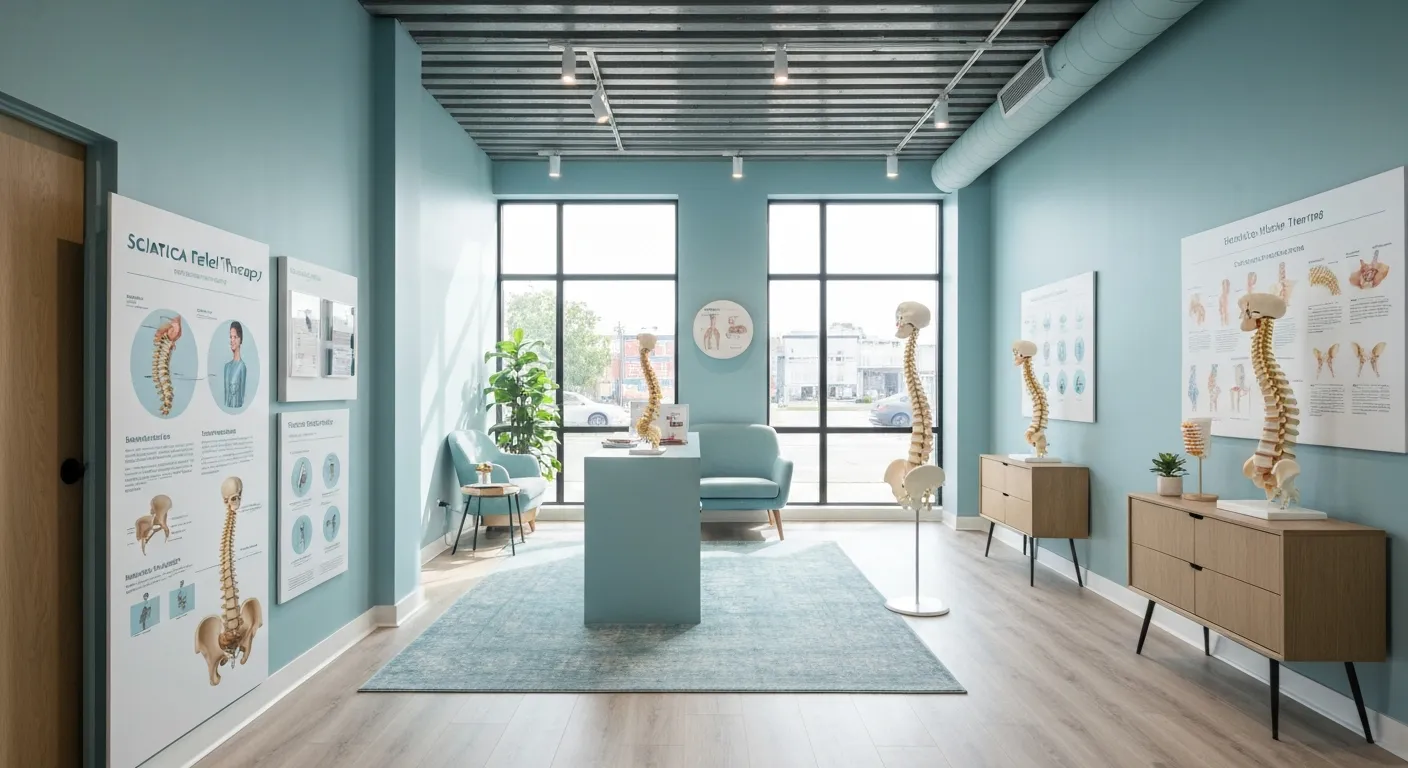
Understanding Sciatica and Its Challenges
Overview of Sciatica Symptoms and Causes
Sciatica is characterized by pain that radiates along the sciatic nerve, which runs from the lower back through the hips and down the legs. Symptoms often include sharp or shooting pain, numbness, tingling, and sometimes weakness in the affected leg. The pain can vary from mild to severe and typically worsens with prolonged sitting or certain body movements.
Common causes of sciatica include herniated or bulging discs, spinal stenosis, degenerative disc disease, spinal misalignments, piriformis syndrome, and trauma to the lower back. These conditions compress or irritate the sciatic nerve, triggering the hallmark pain and neurological symptoms associated with sciatica.
Common Challenges in Diagnosing and Treating Sciatica
Diagnosing sciatica and its underlying causes can be complex due to the delicate structure of the lumbar and pelvic spine regions and overlapping symptoms with other conditions. Accurate diagnosis often requires advanced imaging techniques such as MRI or CT scans, alongside nerve conduction studies.
Treatment challenges include the variability of patient responses, the progression of degenerative conditions, and the limitations of invasive surgeries which have relatively low long-term success rates. Conservative approaches like chiropractic care and spinal decompression focus on non-invasive relief but require personalized treatment plans and patient cooperation.
Importance of Addressing the Root Cause for Effective Relief
Successful management of sciatica relies on identifying and treating the root cause rather than merely masking symptoms. Holistic and patient-centered approaches, such as chiropractic spinal adjustments and spinal decompression therapy, work to reduce nerve compression, correct spinal misalignments, and promote natural healing.
This strategy not only alleviates pain and improves mobility but also minimizes reliance on surgery and long-term medication. Early intervention with targeted therapies contributes to faster, safer, and more sustainable relief for individuals suffering from sciatica.
What Is Spinal Decompression Therapy and How Does It Work?

Definition and mechanism of spinal decompression therapy
Spinal decompression therapy is a non-invasive and drug-free therapy designed to Relieve pressure on discs and nerves. It involves gently stretching the spine using controlled mechanical traction, commonly performed on a specialized computerized table such as the SpineMED® decompression system. This stretching creates negative pressure inside spinal discs, which helps retract bulging or herniated disc material away from nerve roots.
The role of negative pressure in disc retraction
The therapy's core mechanism relies on generating a vacuum-like negative pressure inside the spinal discs. This suction effect assists in pulling herniated or bulging disc tissue back into place, thereby reducing mechanical compression on nerves such as the sciatic nerve. Relieving this pressure helps alleviate symptoms of nerve impingement including pain, numbness, and tingling (see more on sciatica relief).
How therapy supports natural healing through improved circulation
By decreasing disc pressure and opening the disc space, spinal decompression enhances the flow of water, oxygen, and essential nutrients into the disc tissue, supporting the natural healing process. It reduces inflammation and promotes regeneration of damaged spinal structures. Such biological benefits contribute to Effective pain reduction and improved mobility.
Suitability of the therapy for sciatica caused by herniated discs and related conditions
Spinal decompression therapy is especially suitable for individuals suffering from sciatica due to herniated discs, bulging discs, degenerative disc disease, and spinal stenosis. It addresses the root cause of sciatic nerve pain by reversing nerve compression rather than merely managing symptoms. Candidates typically undergo a series of treatments spaced over several weeks to achieve optimal results. However, it is contraindicated for certain conditions such as pregnancy, osteoporosis, or spinal fractures (see contraindications).
This non-surgical approach offers a safe, effective alternative to invasive procedures, making it a preferred first-line treatment for many patients with chronic lower back pain and sciatic symptoms.
Conditions Treated and Patient Suitability

What Conditions Are Effectively Treated by Spinal Decompression?
Spinal decompression therapy is well-suited for a range of spinal conditions, primarily those causing nerve compression and chronic pain. It effectively treats herniated discs, where disc material bulges and presses on nerves; degenerative disc disease, involving wear and tear of spinal discs over time; spinal stenosis, the narrowing of spinal spaces causing nerve pressure; and sciatica, pain radiating along the sciatic nerve often stemming from these spinal issues.
Who Can Benefit from Spinal Decompression for Sciatica?
Patients suffering from herniated discs, degenerative disc disease, spinal stenosis, and chronic lower back pain that results in sciatic nerve compression are prime candidates for spinal decompression therapy. This non-invasive method helps reduce nerve pressure, alleviates symptoms like pain, numbness, and tingling, and promotes healing and improved mobility.
Are There Any Contraindications or Risks?
Spinal decompression therapy is generally safe with minimal risks compared to surgical options. However, it is contraindicated for pregnant women, individuals with osteoporosis, broken vertebrae, prior unsuccessful back surgeries, and those with spinal tumors, spondylolisthesis, or ankylosing spondylitis. Possible risks are minor but include discomfort during treatment or very rare complications.
Benefits and Limitations Compared to Surgery
Spinal decompression offers a drug-free, non-invasive alternative to surgery. It encourages natural healing by improving blood, oxygen, and nutrient flow to discs, with a shorter recovery time and fewer risks than invasive surgery. While surgery might be necessary for severe cases, spinal decompression often allows many patients to avoid surgical intervention, making it a cost-effective, patient-centered treatment option for appropriate candidates.
Spinal Decompression vs. Surgical and Conservative Treatments

How does spinal decompression compare to surgery and other treatments?
Spinal decompression therapy provides a non-invasive, drug-free treatment approach that gently stretches the spine to relieve nerve pressure caused by herniated or bulging discs, sciatica, and degenerative disc disease. Compared to surgical options, which include procedures like diskectomy and laminectomy, spinal decompression carries fewer risks, such as infection, bleeding, or nerve damage, and does not require hospitalization or lengthy recovery periods.
Comparison with other non-invasive treatments
Spinal decompression is often integrated with other conservative therapies, including chiropractic care, physical therapy, acupuncture, and traction. These treatments all aim to reduce nerve pressure and restore spinal function. Chiropractic care focuses on spinal realignment and soft tissue therapy to address underlying causes of sciatic pain, often providing relief within a few sessions. Physical therapy helps improve strength and flexibility, while acupuncture targets pain modulation through nerve stimulation.
The stepped approach to treatment
Healthcare providers typically recommend starting with conservative treatments like spinal decompression and chiropractic care. If these therapies do not sufficiently alleviate symptoms, surgical options are considered as a last resort. Surgery generally has a high success rate in relieving nerve compression, especially for spinal stenosis, but it involves higher costs, risks, and longer recovery times.
| Treatment Type | Description | Benefits | Risks & Recovery |
|---|---|---|---|
| Spinal Decompression | Non-invasive traction therapy | Low risk, drug-free, cost-effective, quick recovery | Minimal adverse effects, no surgery required |
| Chiropractic Care | Spinal adjustments, soft tissue therapy | Addresses root causes, fast relief | Generally safe, requires multiple visits |
| Physical Therapy | Exercises and mobility improvement | Enhances strength, supports recovery | Requires commitment, no surgical risks |
| Surgery | Invasive decompression procedures | High success in severe cases | Infection, bleeding, long recovery |
Patients with sciatica in Torrance, CA are encouraged to explore spinal decompression alongside chiropractic and physical therapy before opting for surgery, promoting a holistic, patient-centered approach to pain relief and spinal health.
Spinal Decompression Therapy at Back in Action Bodyworks in Torrance, CA

Specialized chiropractic services offered including spinal decompression for sciatica
Back in Action Bodyworks in Torrance, California provides expert chiropractic care tailored to individuals suffering from sciatica. One of their standout treatments is spinal decompression therapy, a non-invasive method that gently stretches the spine to relieve pressure on discs and nerves. This therapy is effective in targeting sciatica by addressing nerve compression caused by herniated discs, bone spurs, or spinal stenosis.
Personalized evaluation and treatment plans
Patients receive a thorough evaluation to identify the specific causes of their sciatic pain. Upon diagnosis, the team develops customized treatment plans that may combine spinal decompression sessions with other chiropractic modalities such as spinal adjustments, soft tissue therapy, and rehabilitative exercises. This patient-centered approach ensures treatments are tailored for maximum effectiveness and long-term relief.
How chiropractic care complements spinal decompression in addressing root causes
Chiropractic care at the practice focuses on realigning the spine and correcting postural imbalances, which complements decompression therapy's ability to reduce nerve pressure. This combination addresses both symptoms and underlying causes of sciatica, promoting natural healing and improving nerve function. Gentle adjustments and targeted therapies work together to reduce inflammation, improve mobility, and restore proper spinal health.
Patient experience and outcomes at the practice
Patients at Back in Action Bodyworks typically notice improvements within just a few visits, with many reporting significant pain relief and enhanced mobility after spinal decompression therapy begins. Treatments are designed to be gentle and non-painful, fostering patient comfort and confidence. The holistic care approach emphasizes not only symptom relief but also prevention of future sciatic flare-ups through ongoing wellness management.
The Science and Success Behind Spinal Decompression Therapy

What does research say about spinal decompression therapy's effectiveness?
Clinical studies have shown impressive outcomes for Spinal decompression therapy, with approximately 86% of patients reporting immediate relief from symptoms. Moreover, 84% of these patients remain pain-free three months after treatment, indicating sustained benefits. Research indicates that Spinal decompression therapy not only alleviates pain but also promotes natural healing by increasing disc height and hydration, improving the spine's physical function over the long term.
FDA Clearance and Technological Advances
The therapy employs FDA-cleared spinal relief devices, such as motorized traction tables, that create controlled negative pressure inside spinal discs. These cutting-edge technologies facilitate disc retraction and improved nutrient flow, enhancing recovery without surgery. Advances in biomechanics and ergonomic support have made these devices more effective and comfortable, contributing to the therapy’s growing acceptance among healthcare professionals.
Long-Term Benefits and Cost-Effectiveness
Compared to surgical options, spinal decompression therapy presents significant advantages. It is non-invasive and drug-free, dramatically reducing risks and recovery time. Cost analyses reveal that spinal decompression therapy can cost less than a tenth of traditional surgery, making it an economical choice for many patients. The treatment's ability to manage symptoms effectively over months combined with its safety profile positions it as a valuable alternative to surgery for chronic back and sciatica pain management.
Embracing Spinal Decompression for Lasting Sciatica Relief
Benefits of Spinal Decompression for Sciatica
Spinal decompression therapy offers a safe, non-invasive, and drug-free solution to relieve pressure on damaged discs and nerves causing sciatica. By gently stretching the spine, it creates negative pressure that retracts herniated discs and improves nutrient flow, promoting natural healing and reducing inflammation. Patients often experience significant pain relief, improved mobility, and sometimes avoid surgery altogether.
Early Evaluation and Holistic Treatment
Early diagnosis is crucial for effective sciatica management. Combining spinal decompression with chiropractic care, physical therapy, and tailored exercises addresses the root causes of nerve compression and enhances long-term outcomes. A patient-centered, holistic approach ensures treatments are personalized, safe, and prevents symptoms from recurring.
Expert Care Available in Torrance, California
Torrance residents benefit from access to experienced practitioners specializing in spinal decompression and comprehensive chiropractic care. Clinics like Back in Action Bodyworks and Zaker Chiropractic offer evaluations and customized treatment plans designed to offer lasting relief from sciatica, emphasizing natural healing and improved spinal health.
Recent articles
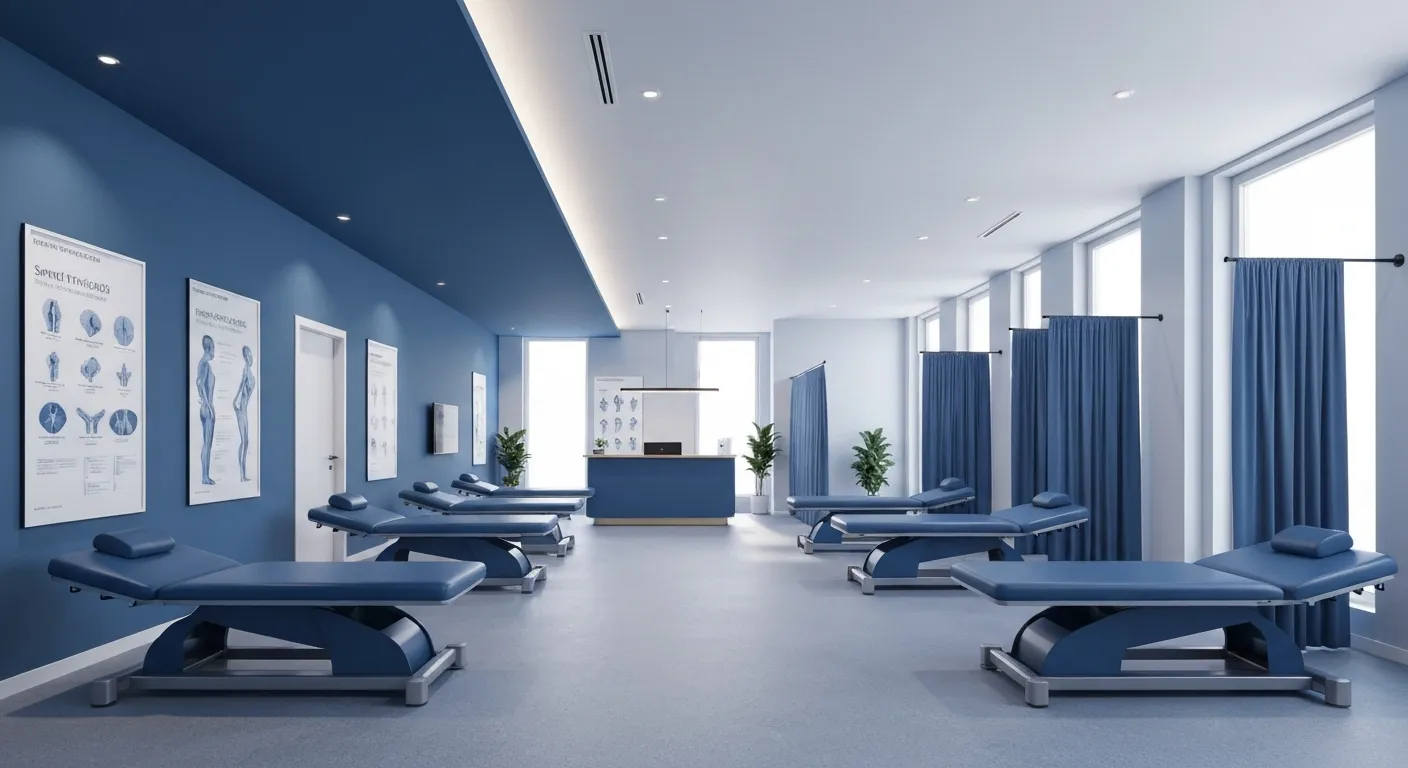
Simple Lifestyle Adjustments to Maintain a Healthy Spine
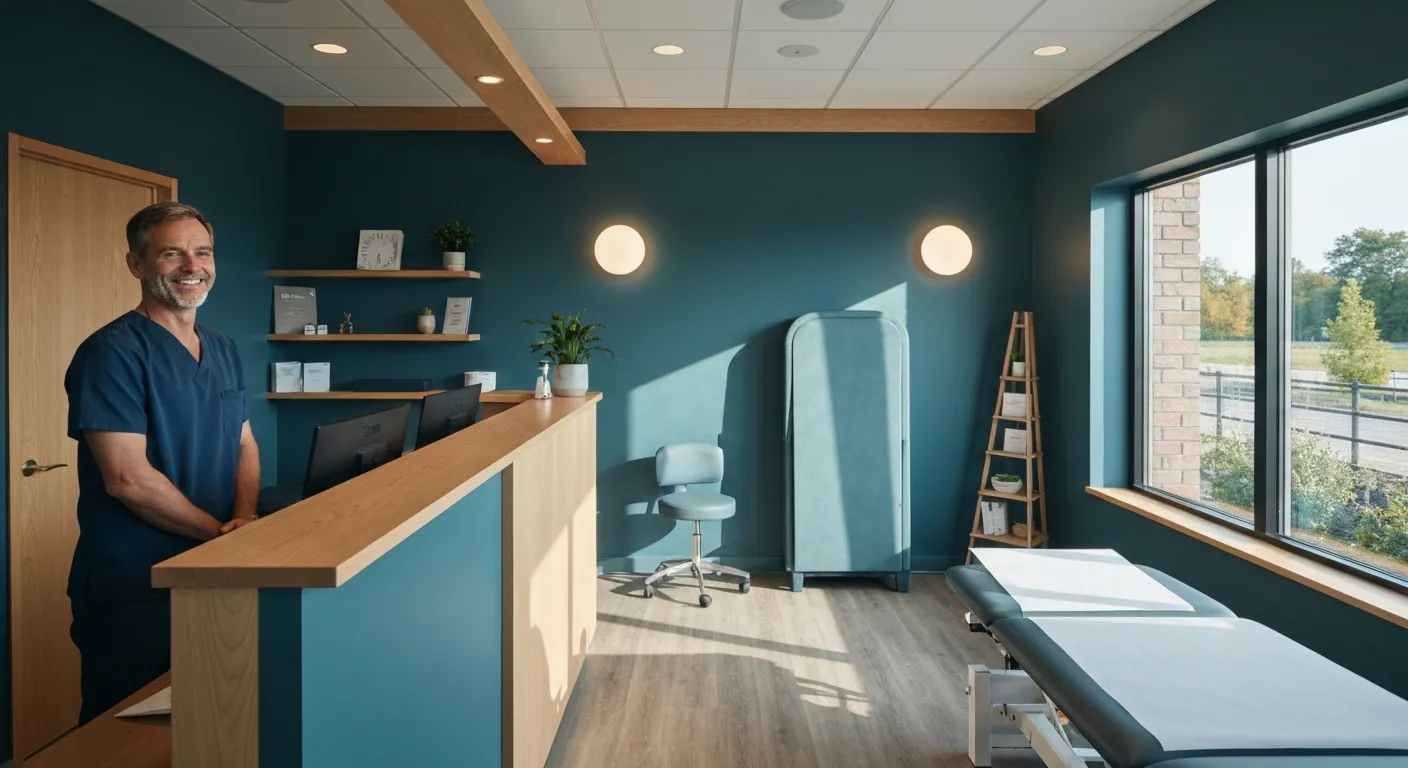
Personalized Nutritional Counseling for Improved Health Outcomes
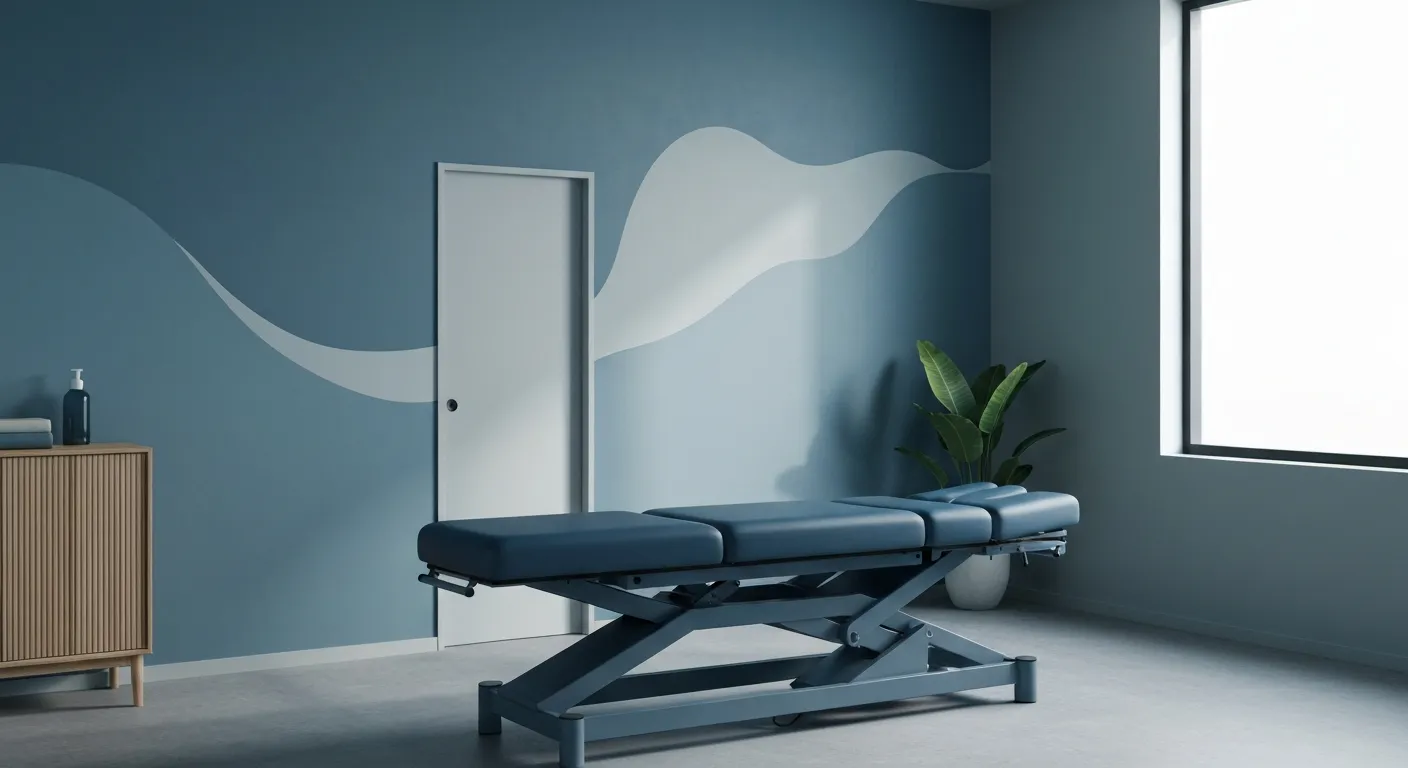
Exploring Non-Surgical Treatments for Spine-Related Conditions

An Introduction to Spinal Decompression for Sciatica Patients
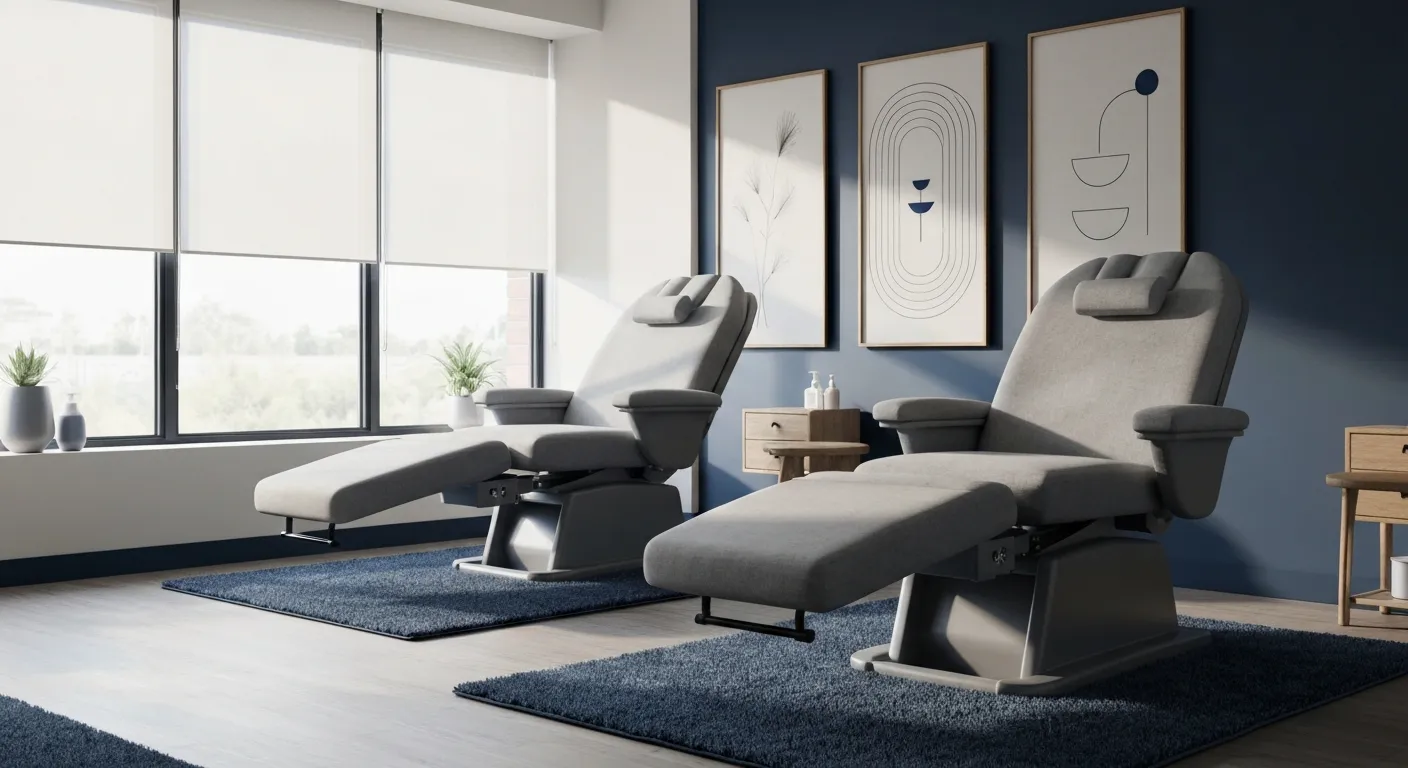
Transformative Success Stories: Patient Experiences with Chiropractic Treatments
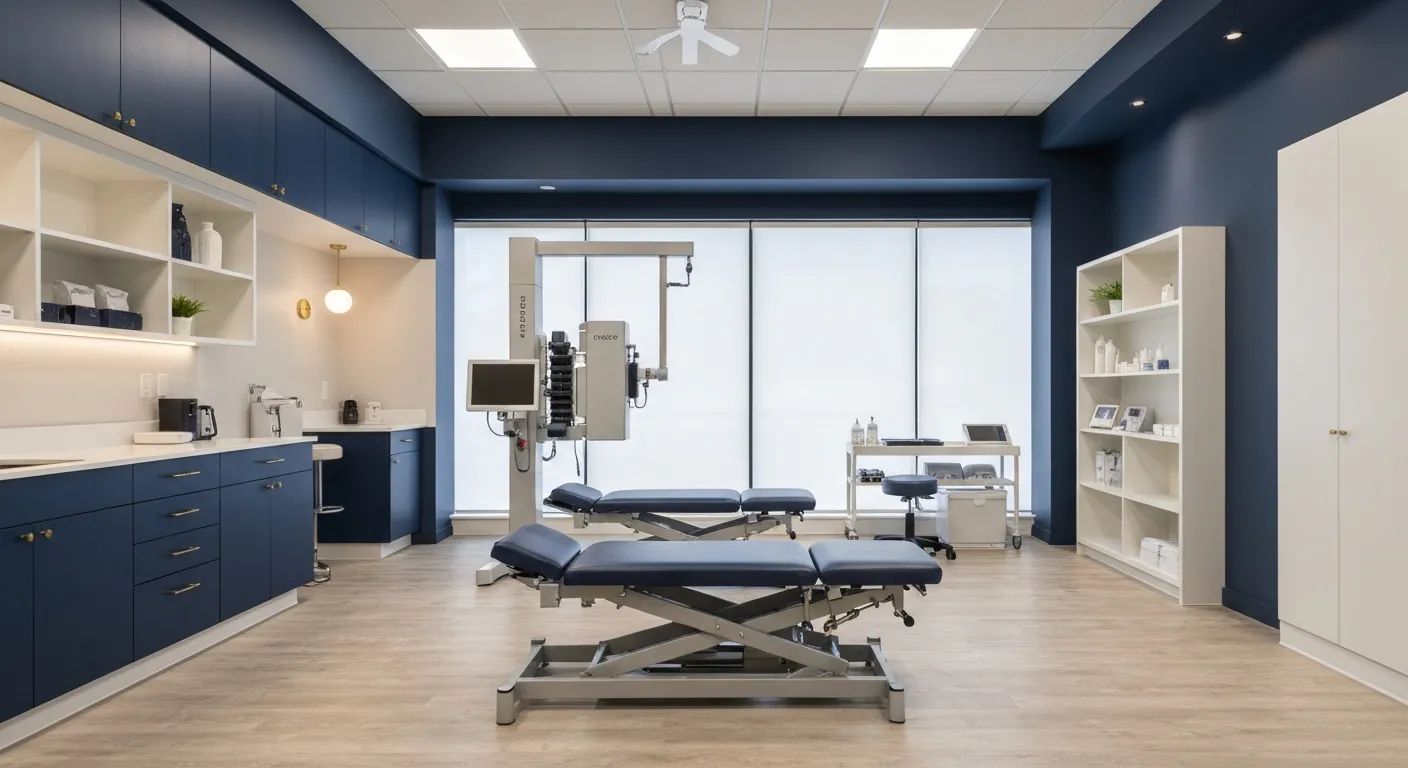
Why Chiropractic Care Is Essential for Back Pain Relief

Addressing Underlying Causes Versus Symptom Management in Pain Care

The Role of Nutrition in Enhancing Chiropractic Treatment Effectiveness
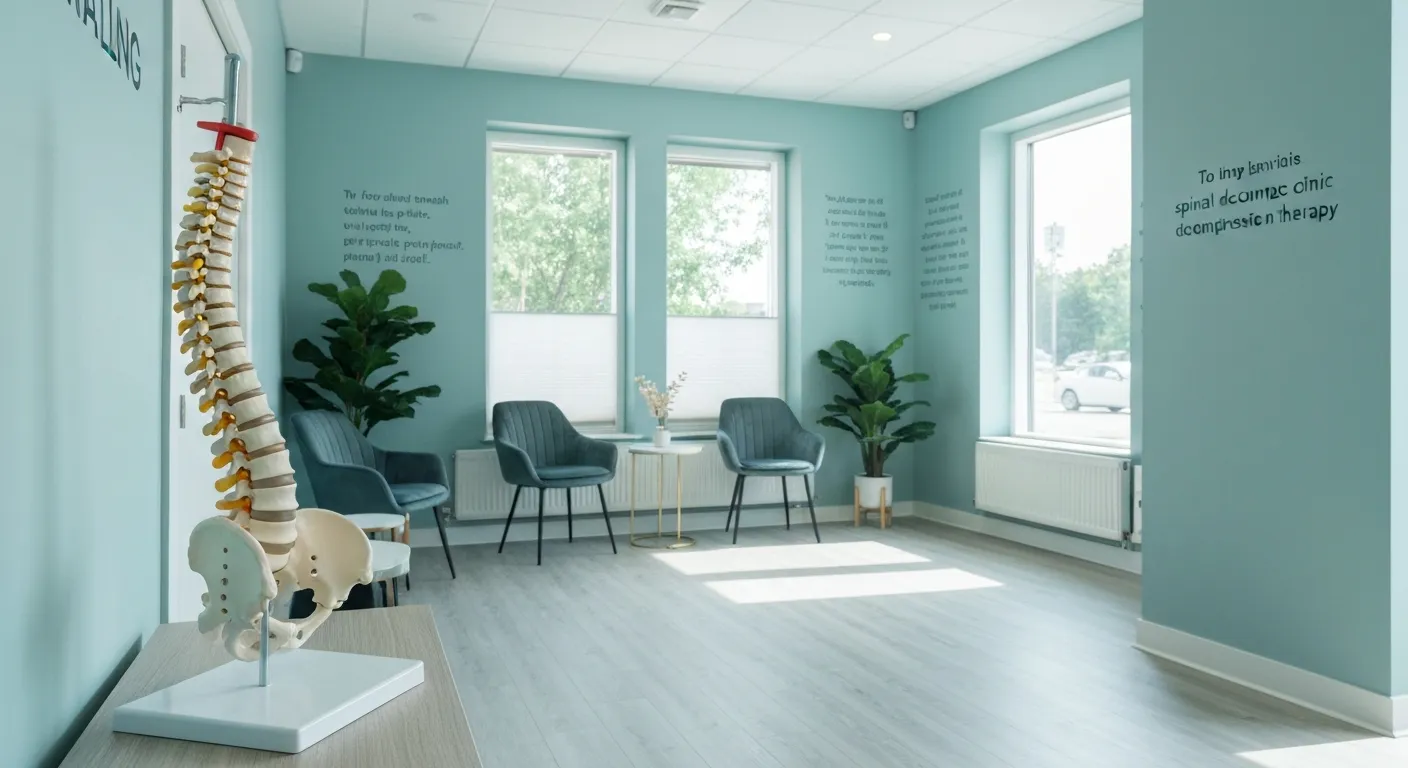
Sciatica Treatment Options: Is Spinal Decompression Right for You?
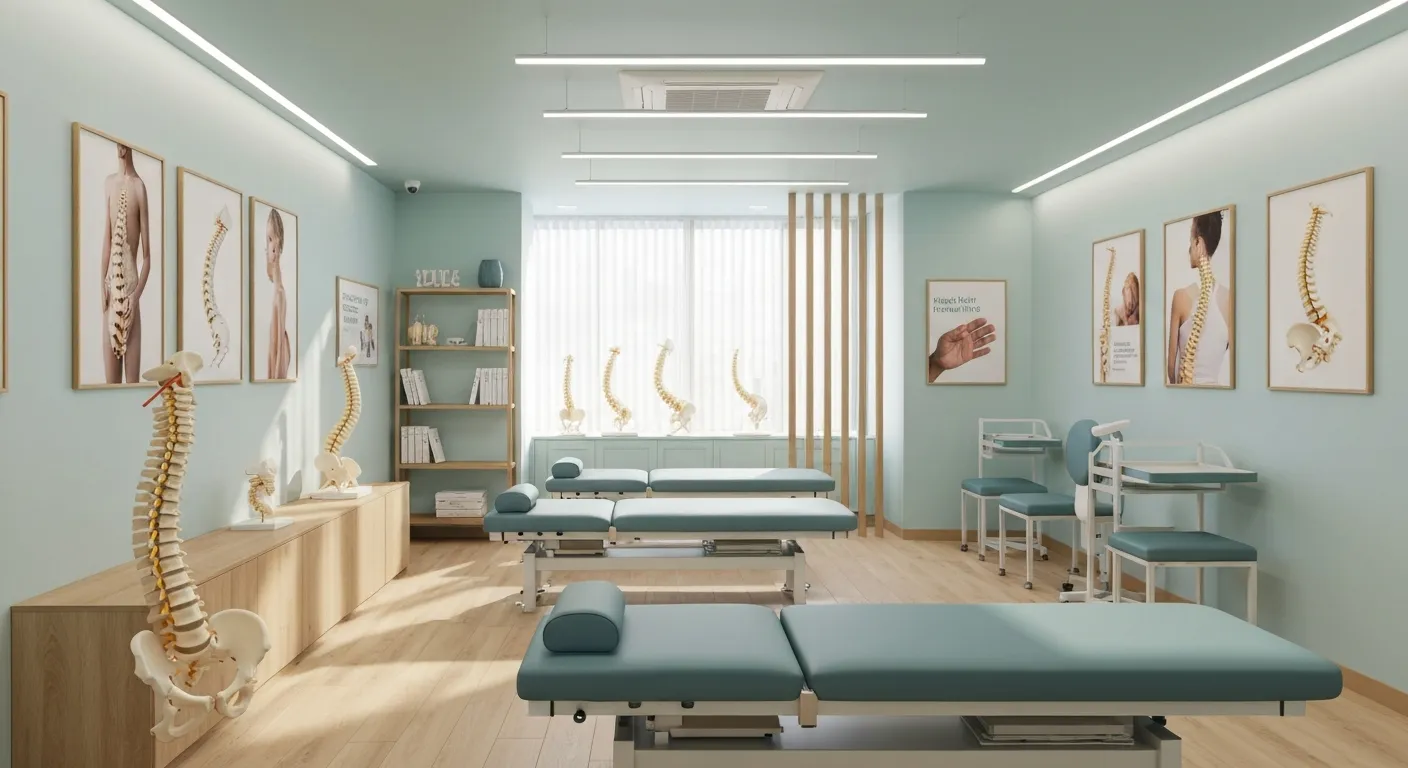
Lifestyle Tips to Maintain a Healthy Spine and Prevent Back Issues
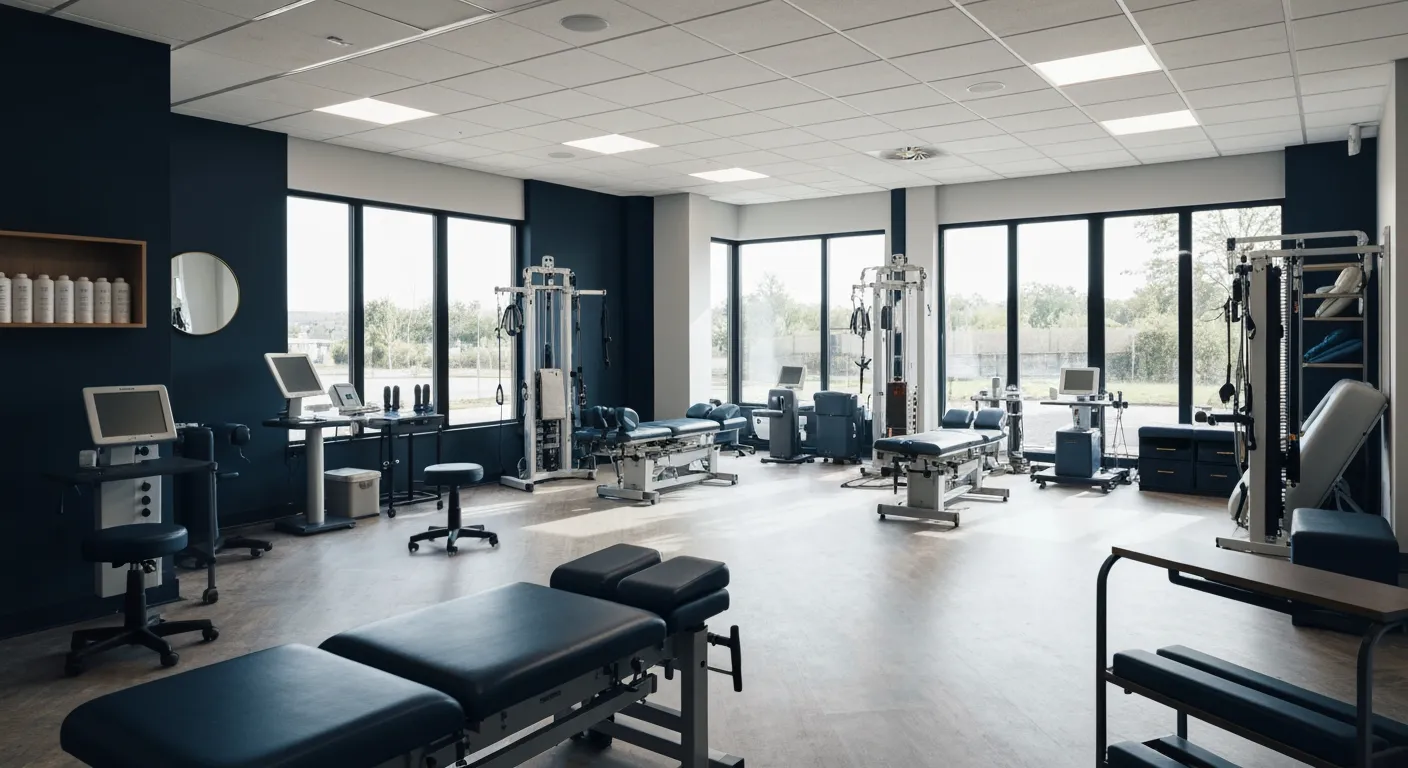
The Synergy Between Physiotherapy and Chiropractic Treatments

What Happens During Your Initial Chiropractic Consultation

Effective Corrective Exercises for Sustainable Pain Management

Taking a Root Cause Approach to Chronic Pain Management

Holistic Pain Management Techniques Without Surgery

How Patient Success Stories Validate Chiropractic Care Benefits

Spinal Decompression: Innovative Treatment for Sciatic Nerve Pain

Spinal Decompression Therapy: A Non-Invasive Approach to Sciatica Relief

Exploring Holistic Approaches Beyond Surgery for Pain Relief

Practical Lifestyle Advice to Support a Healthy Spine Every Day

Corrective Exercise Routines Designed for Long-Term Pain Prevention

Real Patient Stories: Overcoming Chronic Pain with Chiropractic Care

Lifestyle Changes That Promote a Healthy Spine and Prevent Injury

How Addressing the Root Cause of Pain Leads to Lasting Relief

Non-Surgical Holistic Therapies to Manage Chronic Pain Effectively

Nutritional Counseling's Impact on Physical Health and Healing

Benefits of Regular Chiropractic Care for a Stronger Back

Your First Chiropractic Visit: What to Expect and How to Prepare

Patient Experiences: How Chiropractic Care Transformed Their Lives

Exploring Holistic, Non-Surgical Options for Pain Management

Combining Physiotherapy with Chiropractic Treatments for Enhanced Recovery

Holistic Treatments That Offer Alternatives to Surgery for Pain Relief

Corrective Exercise Strategies for Long-Term Spine Health

How Physiotherapy Complements Chiropractic Adjustments for Better Outcomes

First-Time Chiropractic Visitors: What You Should Know

Understanding the Importance of Treating Pain at Its Source

Adopting Lifestyle Changes to Support Your Spine's Wellness

Utilizing Physiotherapy to Enhance Chiropractic Treatment Outcomes

The Key Advantages of Chiropractic Care for Back Pain Sufferers

Why Focusing on Root Causes Improves Pain Treatment Success

Corrective Exercises That Promote Lasting Pain Relief and Mobility

Sciatica Relief Through Targeted Spinal Decompression Techniques

Preparing for Your First Chiropractic Appointment with Confidence

Healthy Lifestyle Habits for Maintaining Spinal Alignment

Success Stories Highlighting Chiropractic's Role in Pain Recovery

Top Benefits of Chiropractic Care for Chronic Back Pain

Nutrition Tips to Boost Your Overall Wellness and Recovery

How Chiropractic Care Alleviates Back Pain Naturally

How Nutritional Counseling Supports Overall Wellness and Spine Health

Step-by-Step Guide to Your First Visit with a Chiropractor

Using Nutrition to Support Chiropractic and Overall Wellness

Integrating Physiotherapy in Your Chiropractic Healing Journey

How Physiotherapy Complements Chiropractic Adjustments for Faster Healing

Lifestyle Tips for Maintaining a Healthy Spine and Preventing Back Pain

Heartwarming Patient Testimonials Highlighting Chiropractic Success

How Proper Nutrition Supports Chiropractic and Physiotherapy Treatments

Combining Physiotherapy and Chiropractic Treatments for Optimal Recovery

Why Chiropractic Treatments Are Effective for Managing Back Pain

Choosing a Chiropractor: Tips for Finding a Trusted Provider

Integrating Physiotherapy and Chiropractic: Benefits and What to Expect

How Tailored Corrective Exercises Can Aid in Pain Management

Chiropractic Care: A Proven Solution for Alleviating Back Pain

What to Expect at Your First Chiropractic Visit: A Comprehensive Guide

The Importance of Root Cause Analysis in Effective Pain Management
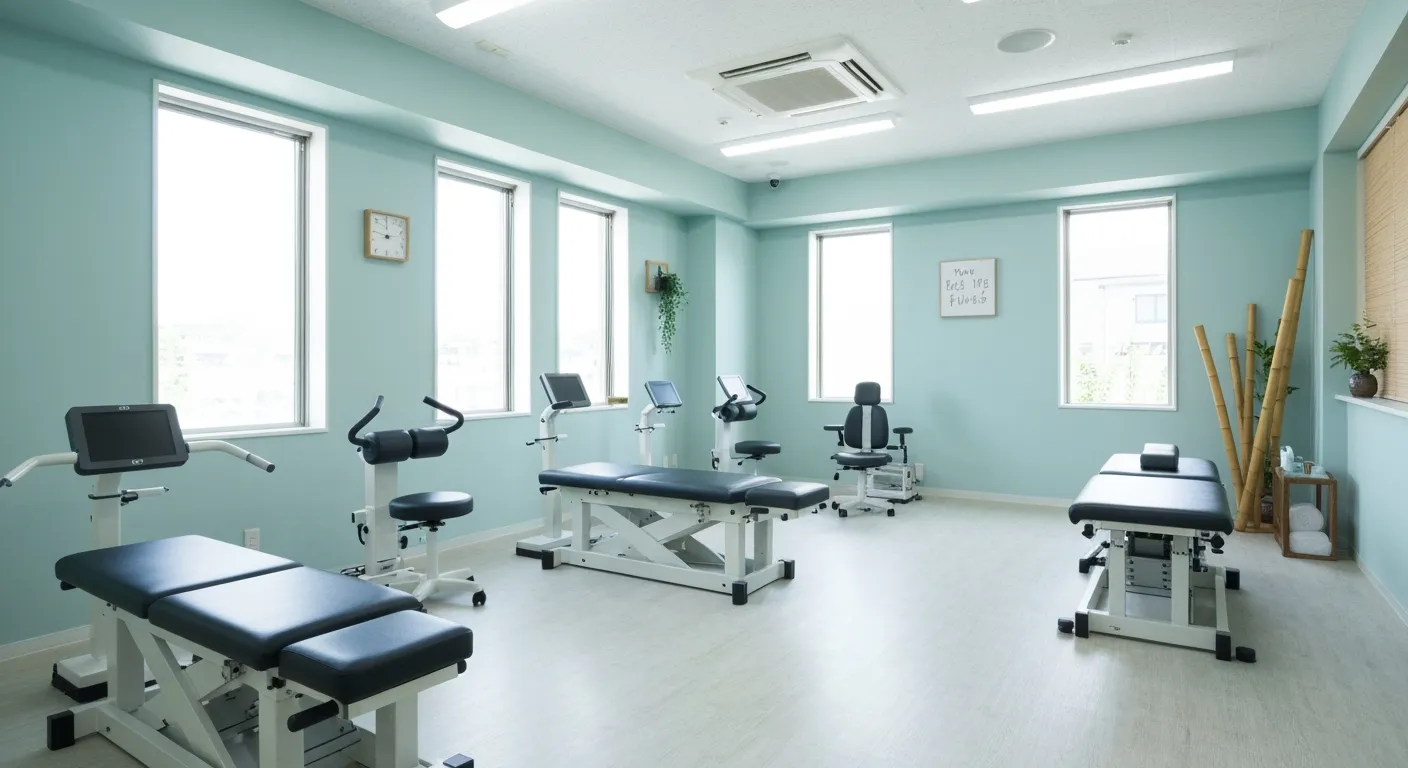
The Role of Corrective Exercises in Sustaining Pain-Free Living

Combining Chiropractic and Physiotherapy for Comprehensive Pain Relief

How Addressing Underlying Causes Improves Pain Treatment Effectiveness

Maintaining Spinal Health Through Lifestyle Changes and Preventive Care
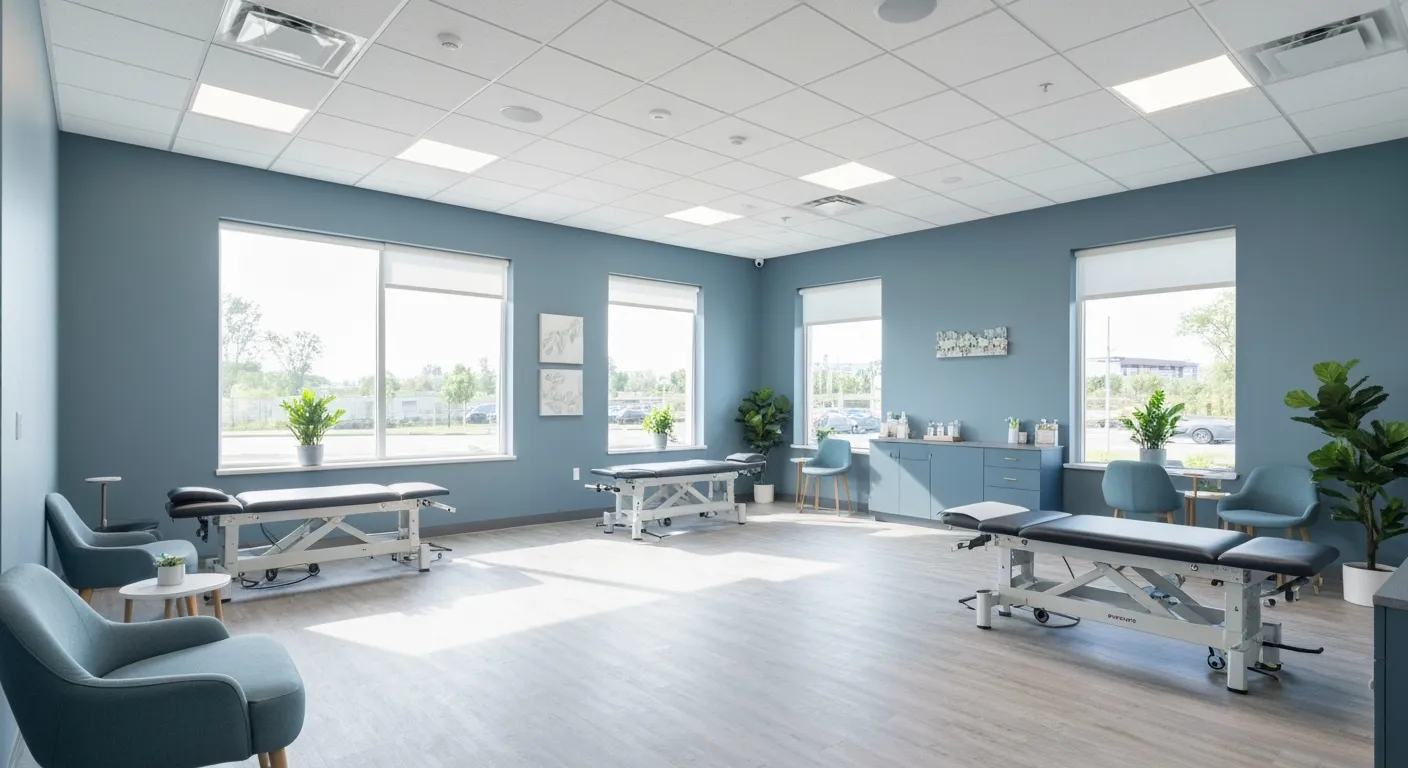
Understanding the Benefits of Chiropractic Adjustments for Back Pain Sufferers

Spinal Decompression Therapy: A New Hope for Sciatica Relief

Lifestyle Recommendations to Support a Healthy Spine and Reduce Pain
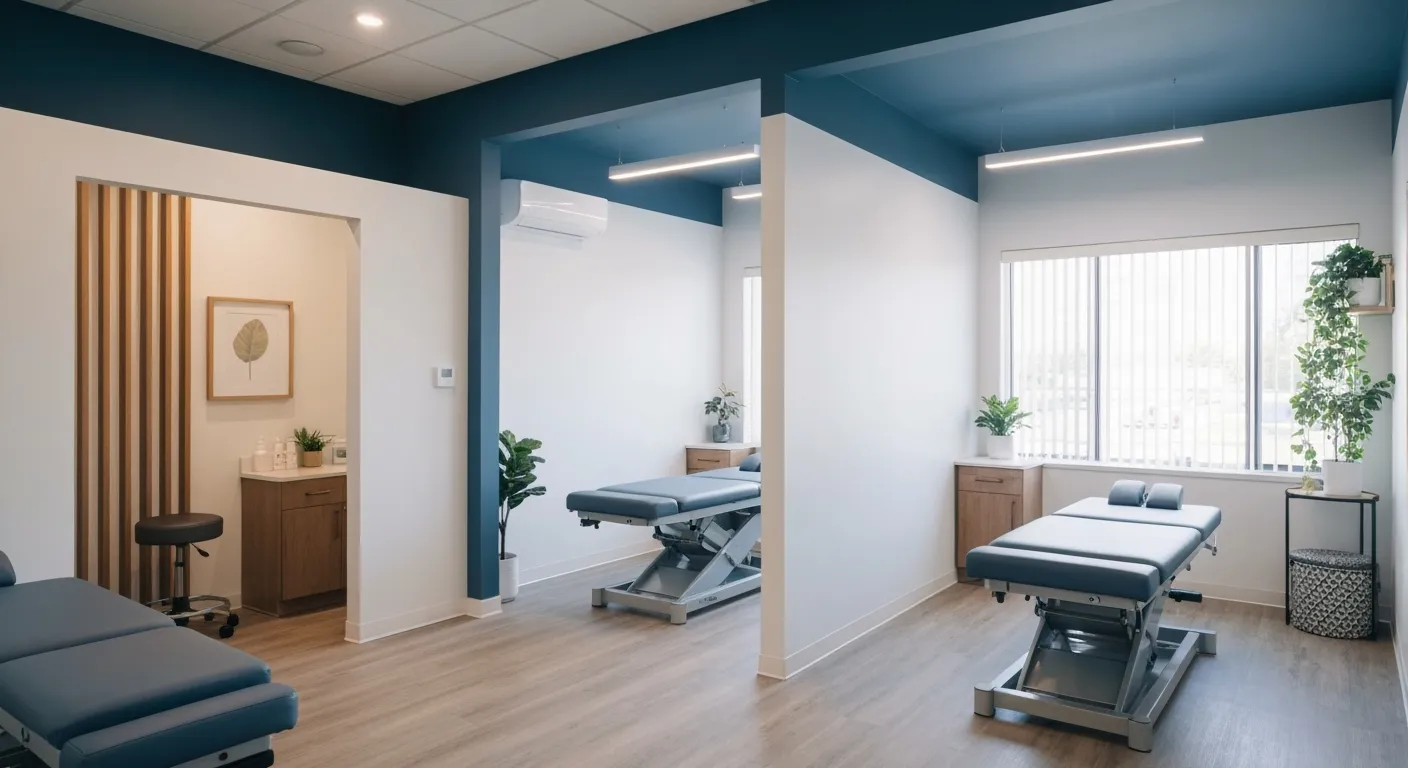
Choosing the Right Chiropractor: Key Factors to Consider Before Your First Appointment

Non-Invasive Treatment Alternatives: A Holistic Approach to Pain Relief

Corrective Exercises to Support Long-Term Relief from Chronic Pain

Exploring Non-Surgical Approaches to Spine Health and Wellness

Tips for Daily Habits That Keep Your Spine Strong

Success Stories: How Chiropractic Treatments Changed Lives

Why Focusing on the Root Cause of Pain Leads to Better Outcomes
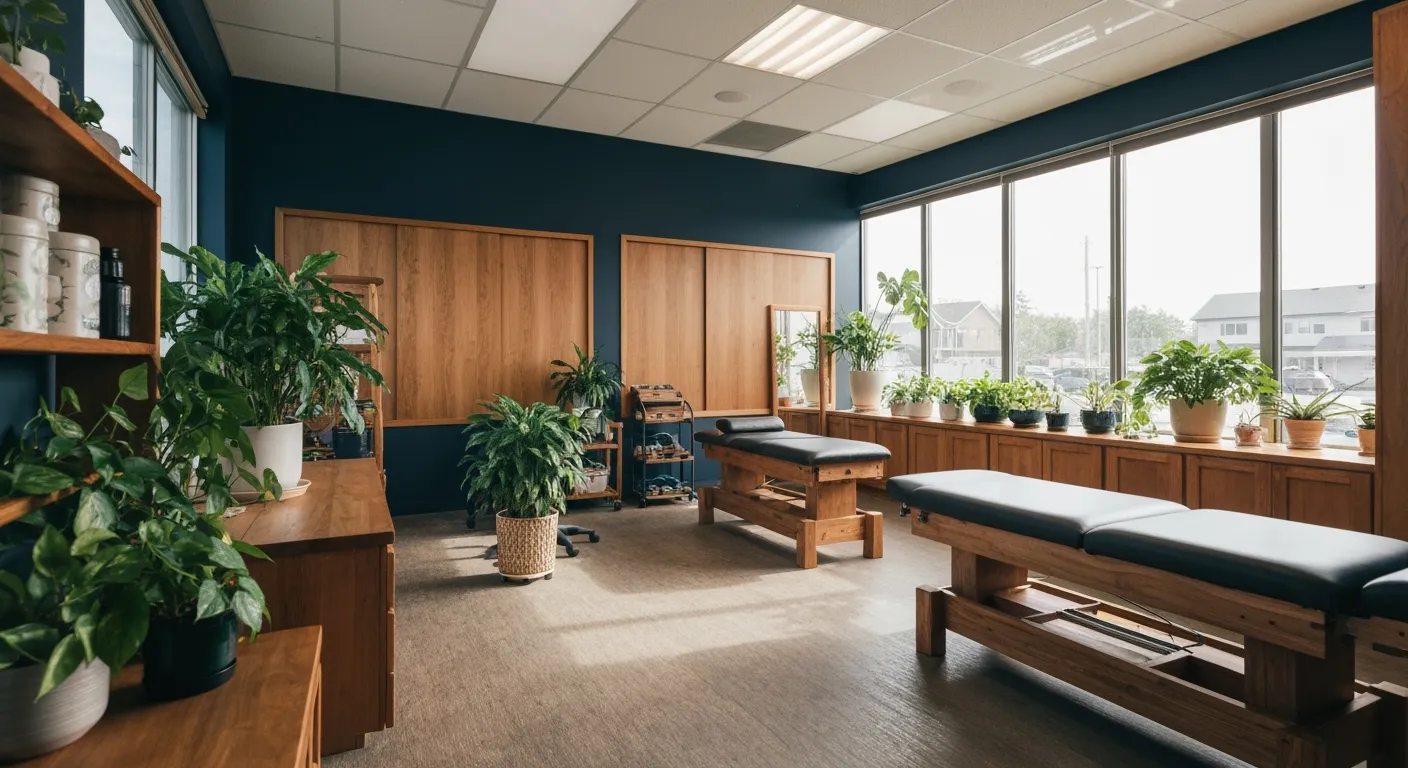
Nutritional Counseling and Its Impact on Overall Wellness and Recovery
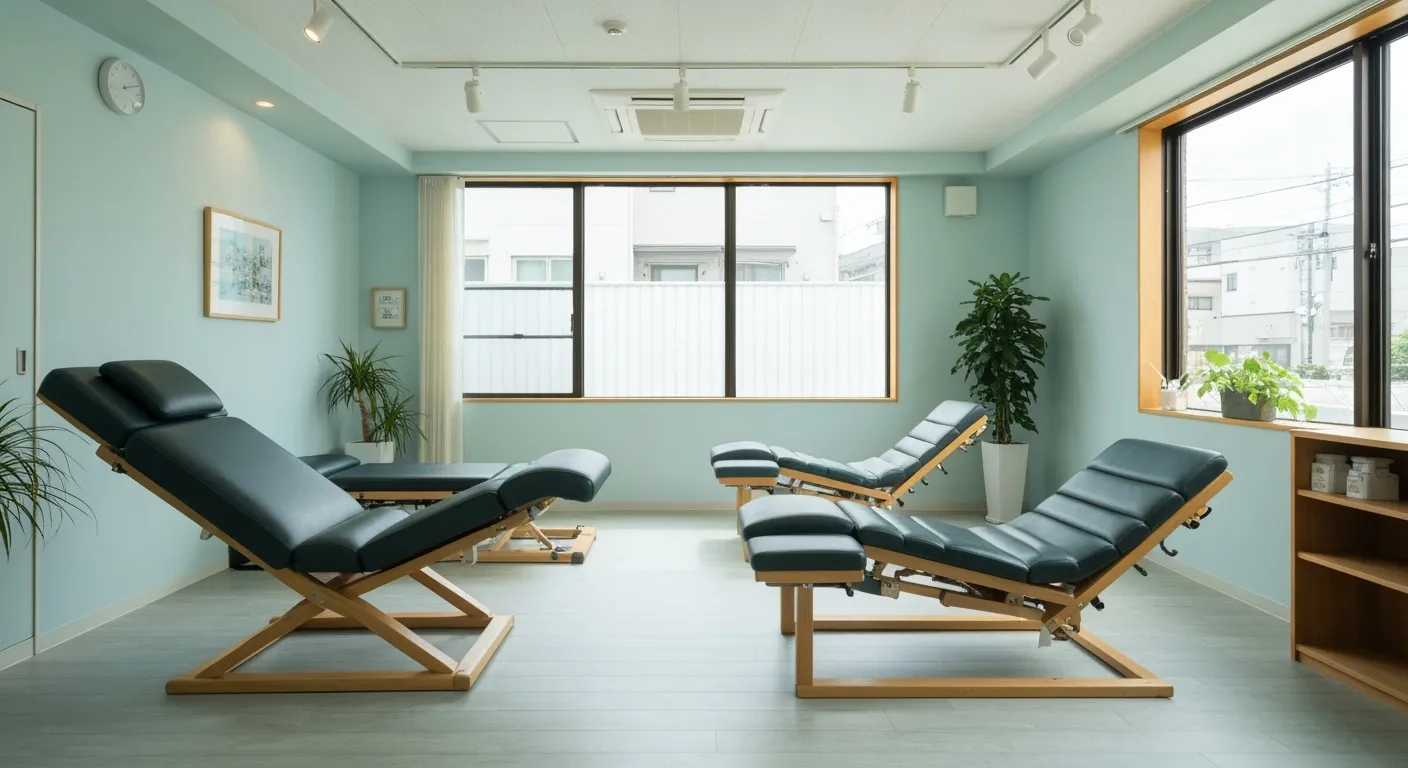
Patient Testimonials That Showcase the Power of Chiropractic Care

Preparing for Your First Chiropractic Appointment: What You Need to Know
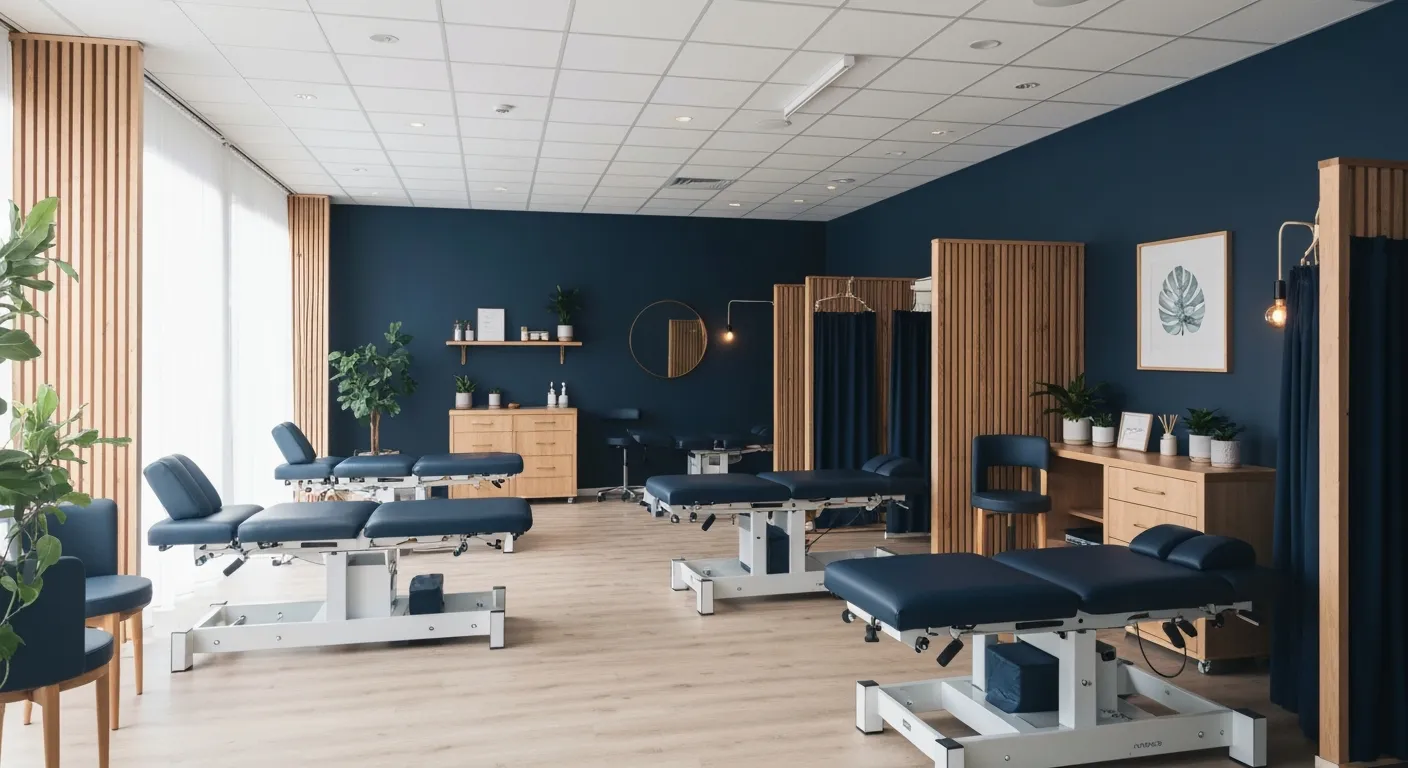
Holistic Treatment Options: Beyond Surgery for Pain Relief

Holistic Pain Relief Methods That Avoid Surgery

Nutritional Strategies for Supporting Spine Health and Recovery
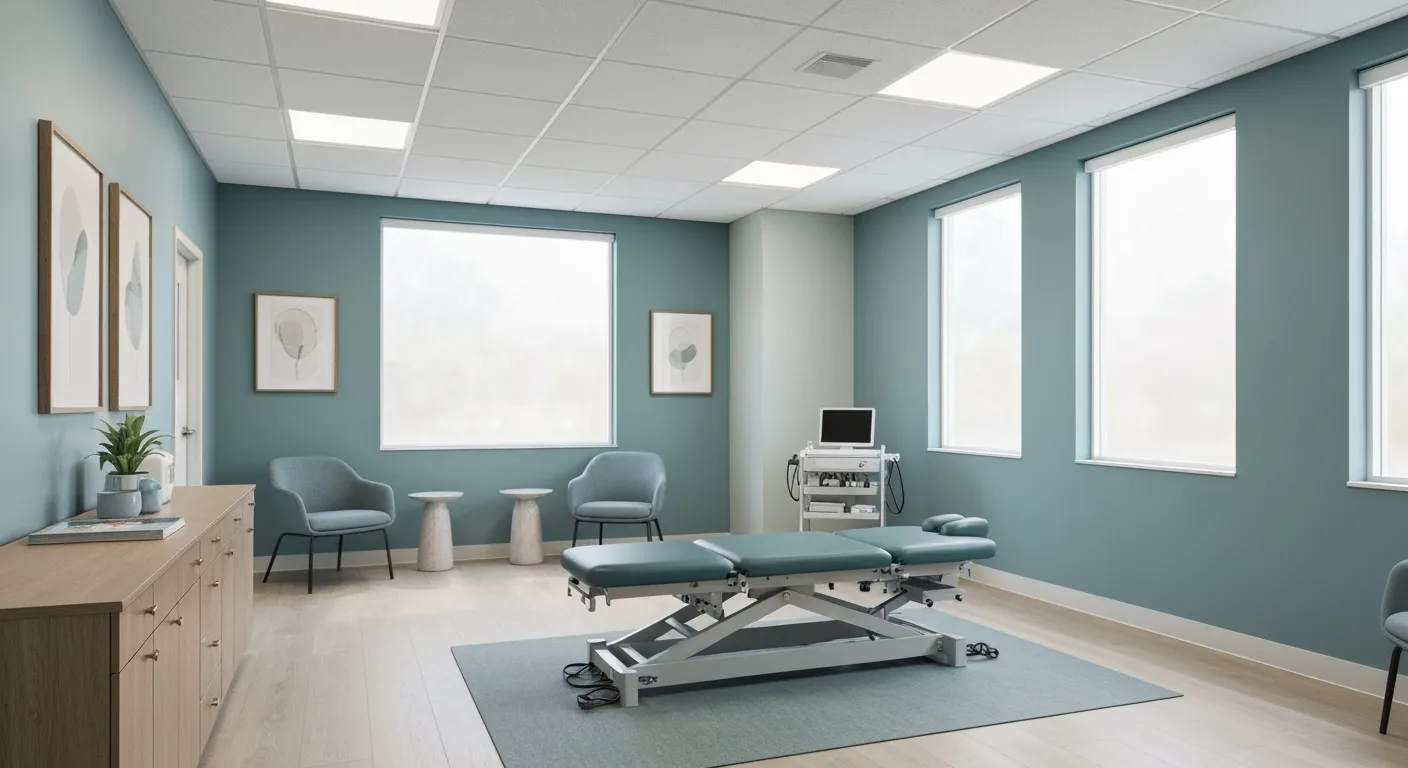
First Chiropractic Visit: What Happens and How to Prepare

Chiropractic Patient Success Stories: Inspiring Journeys to Wellness
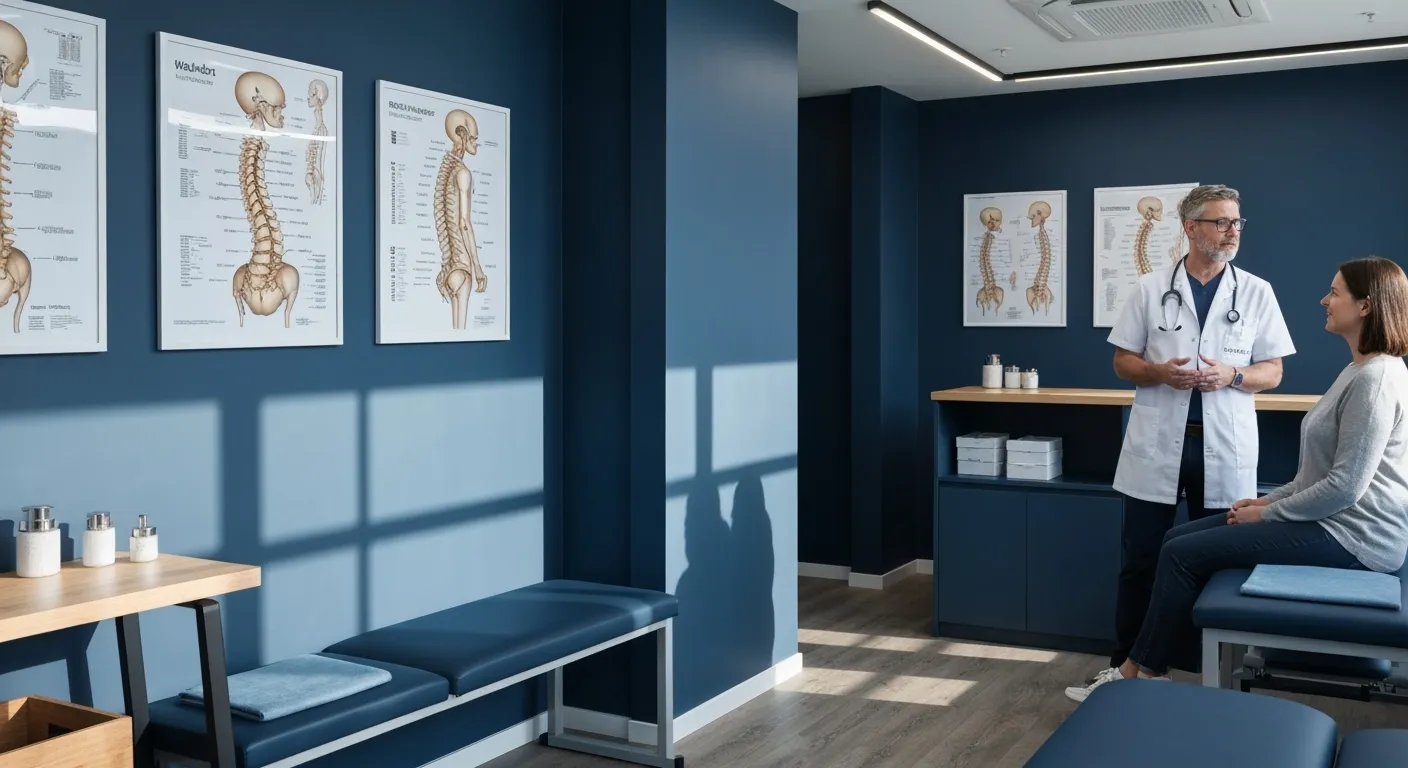
Effectiveness of Spinal Decompression Therapy in Managing Sciatic Nerve Pain
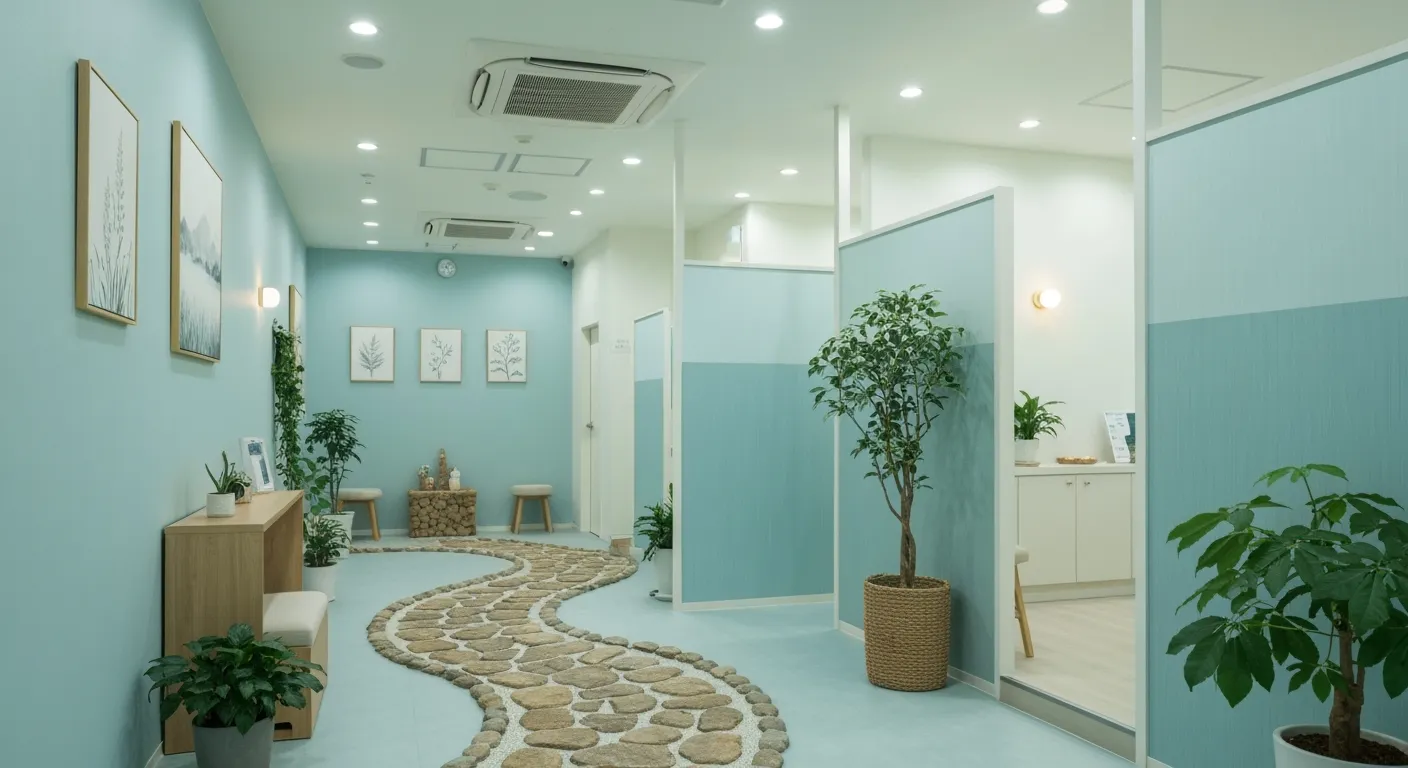
Addressing Pain at Its Source: Why Treating the Root Cause Matters
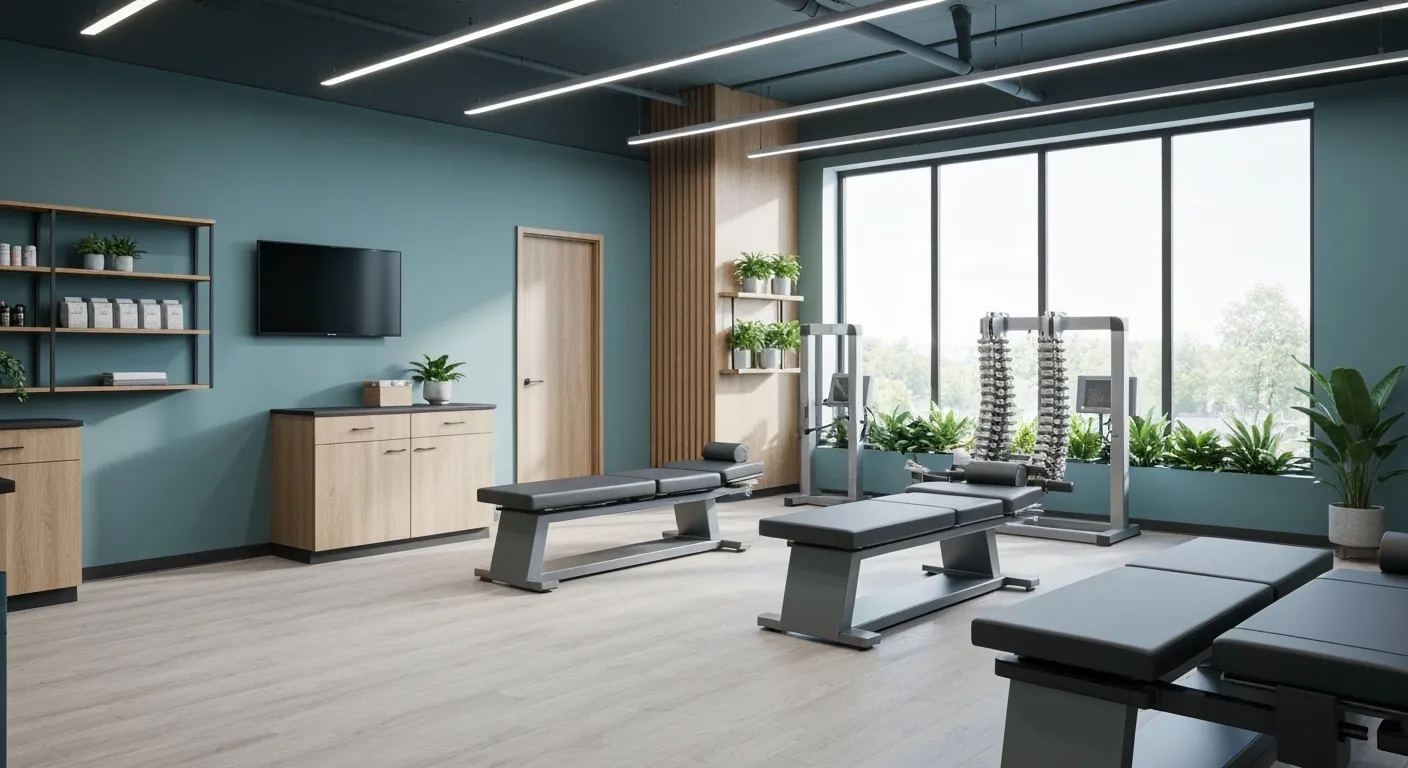
Corrective Exercise Programs Designed for Long-Term Pain Prevention

Healthy Lifestyle Advice for Maintaining Spinal Alignment
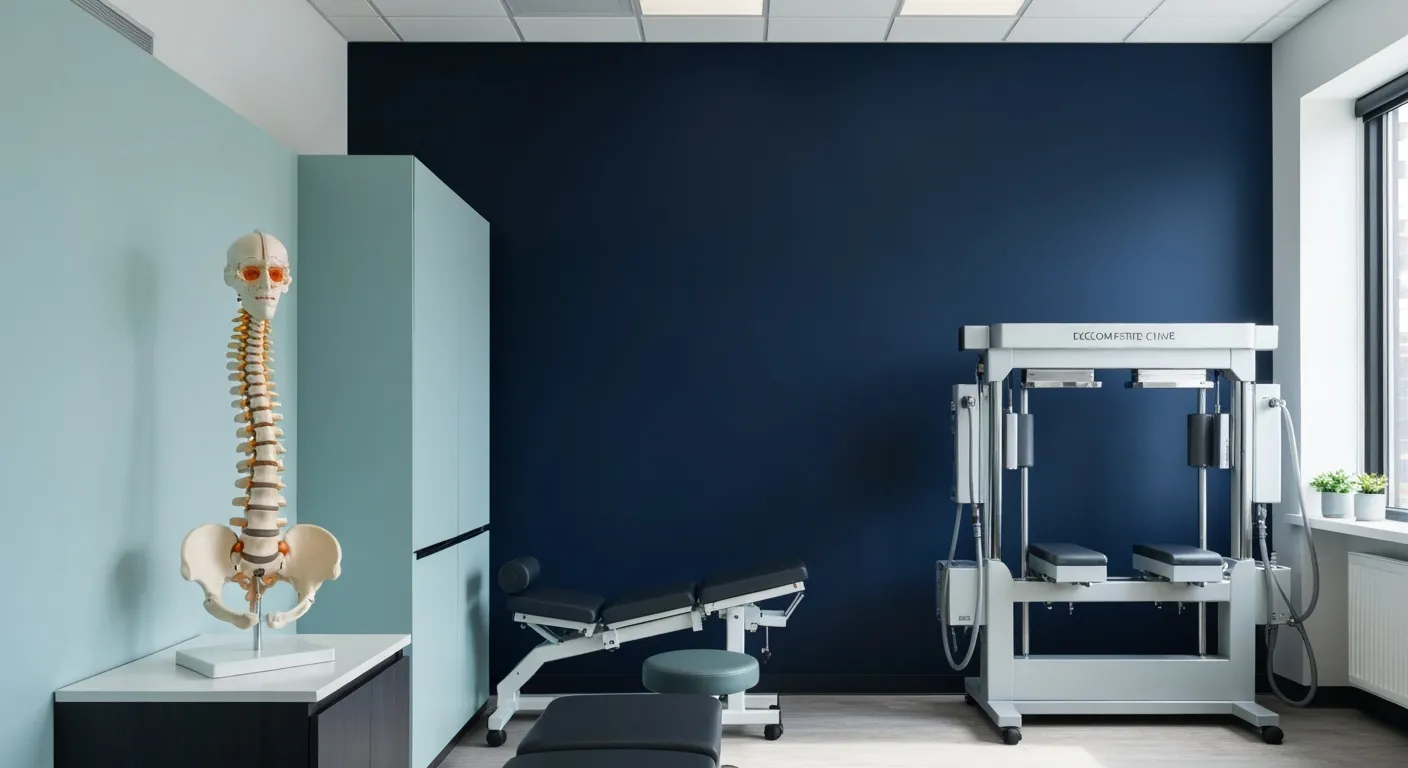
Understanding Spinal Decompression as a Treatment for Sciatica Pain
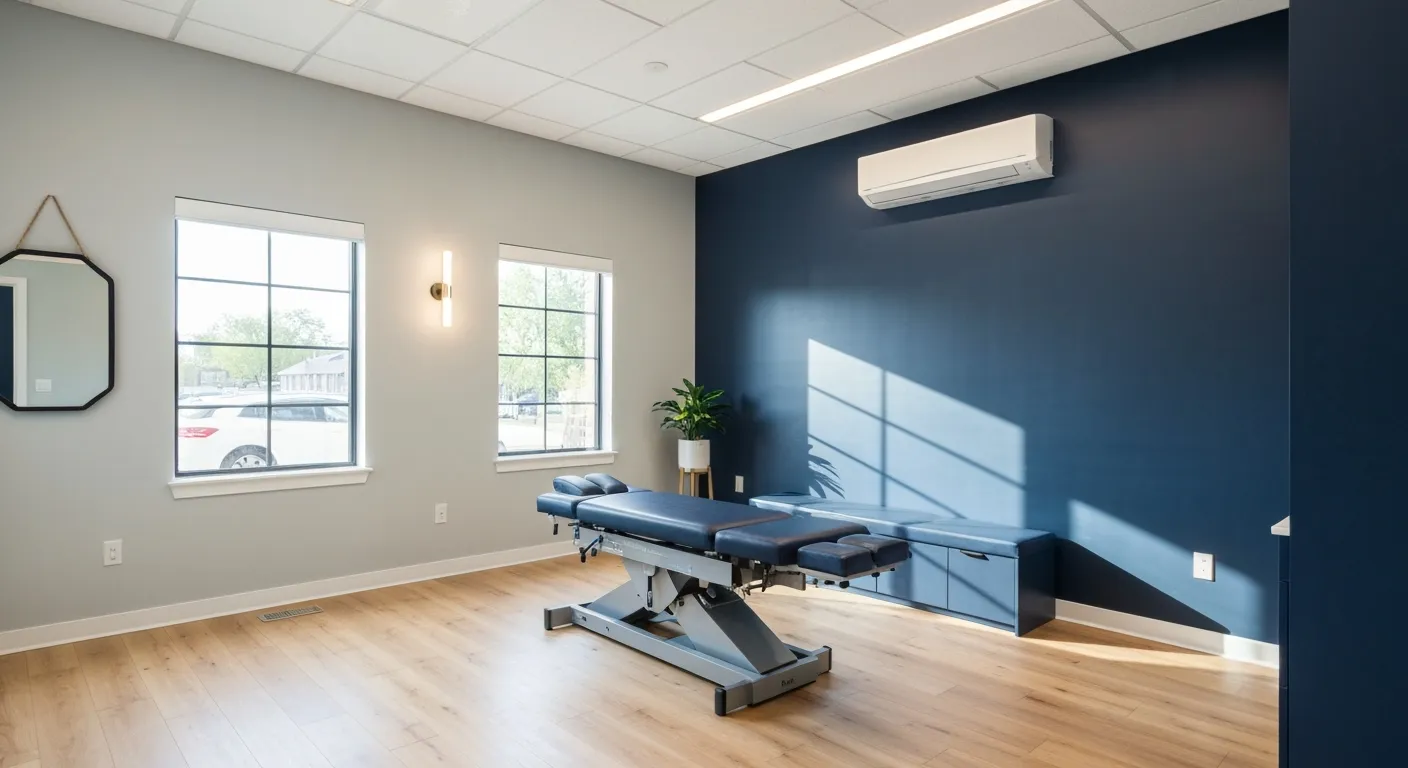
Benefits of Chiropractic Care Specifically for Back Pain Relief

Understanding Gait Analysis in Physiotherapy
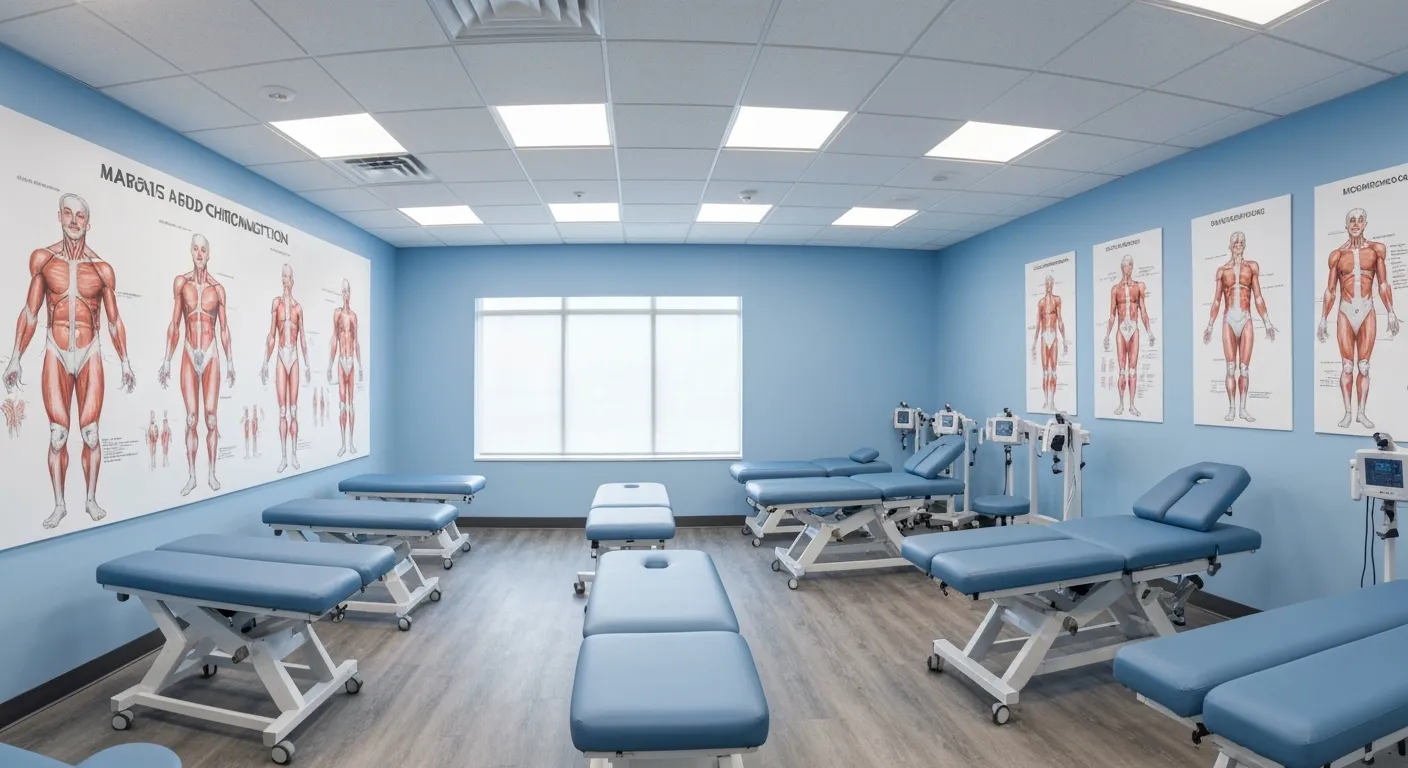
The Difference Between Muscle Soreness and Dysfunction

Workplace Stress Statistics: How Muscle Tension Impacts Productivity

How Physiotherapy Improves Mobility for Seniors

How to Communicate Pain Levels to Your Therapist Effectively
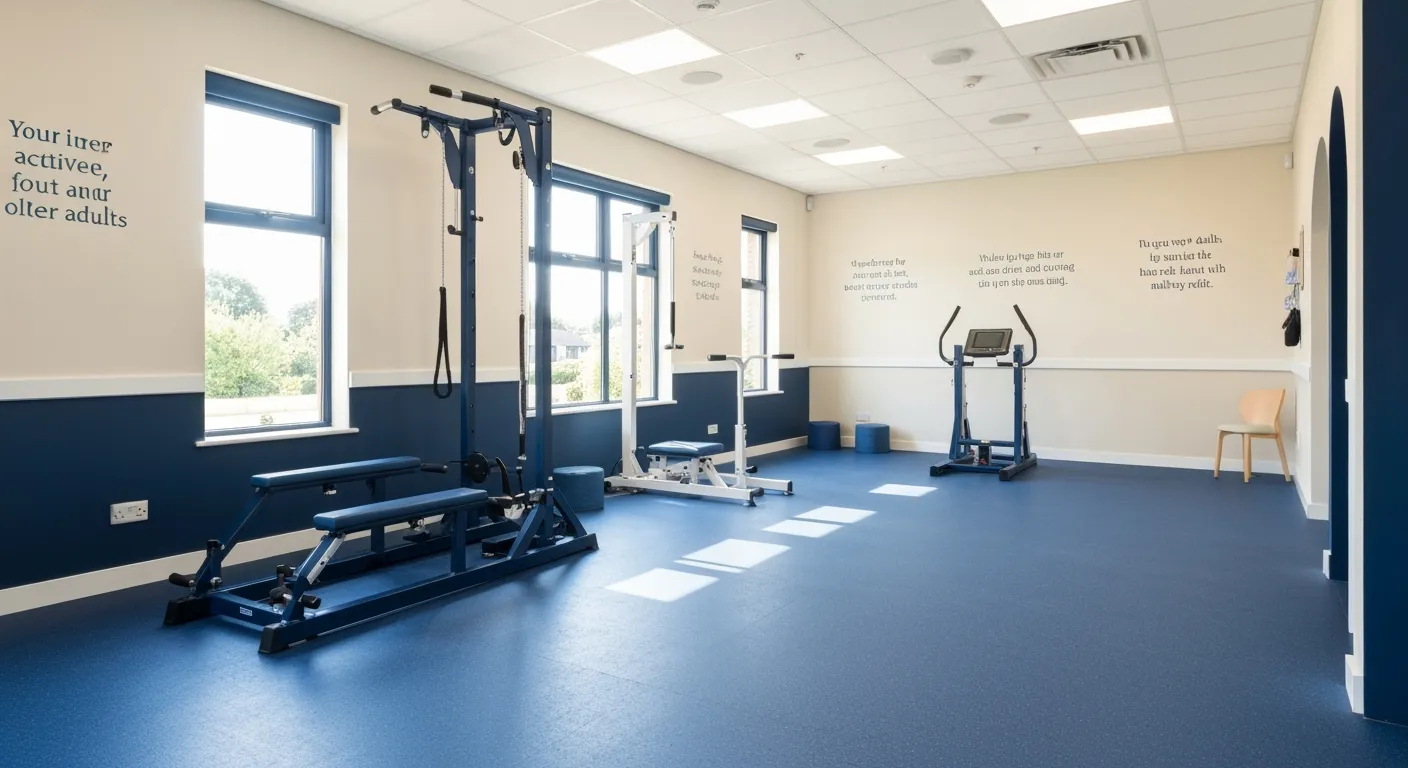
Physiotherapy Interventions for Balance and Fall Prevention

How Physiotherapy Helps Post-Surgical Recovery

